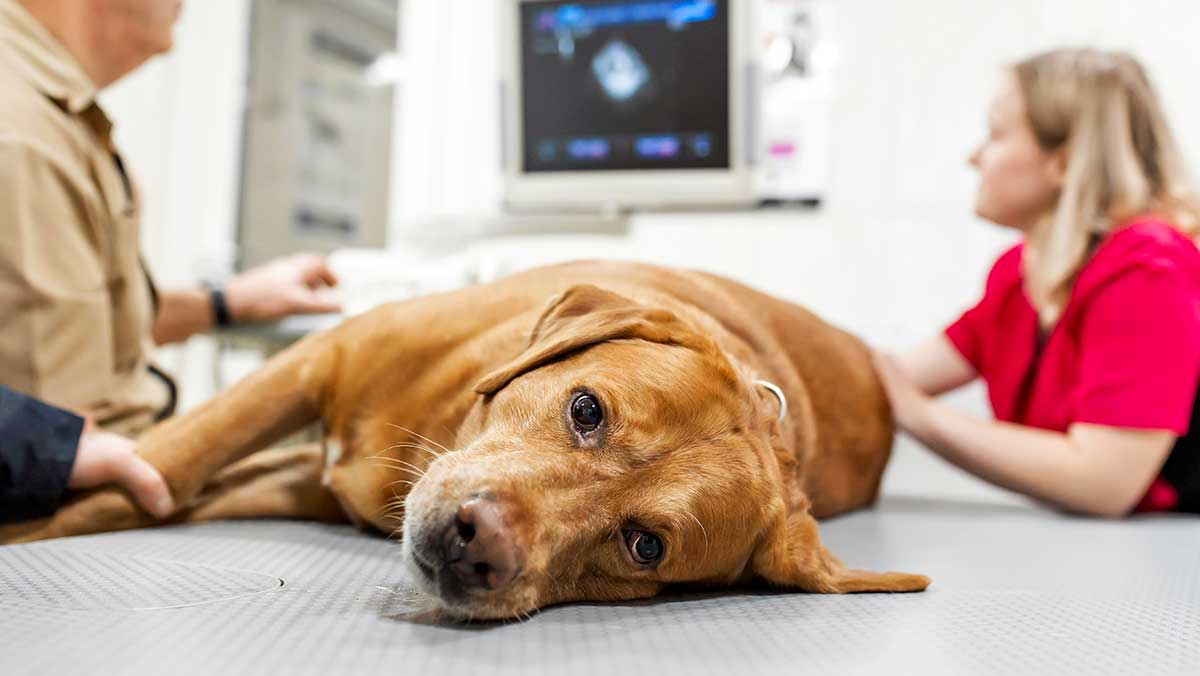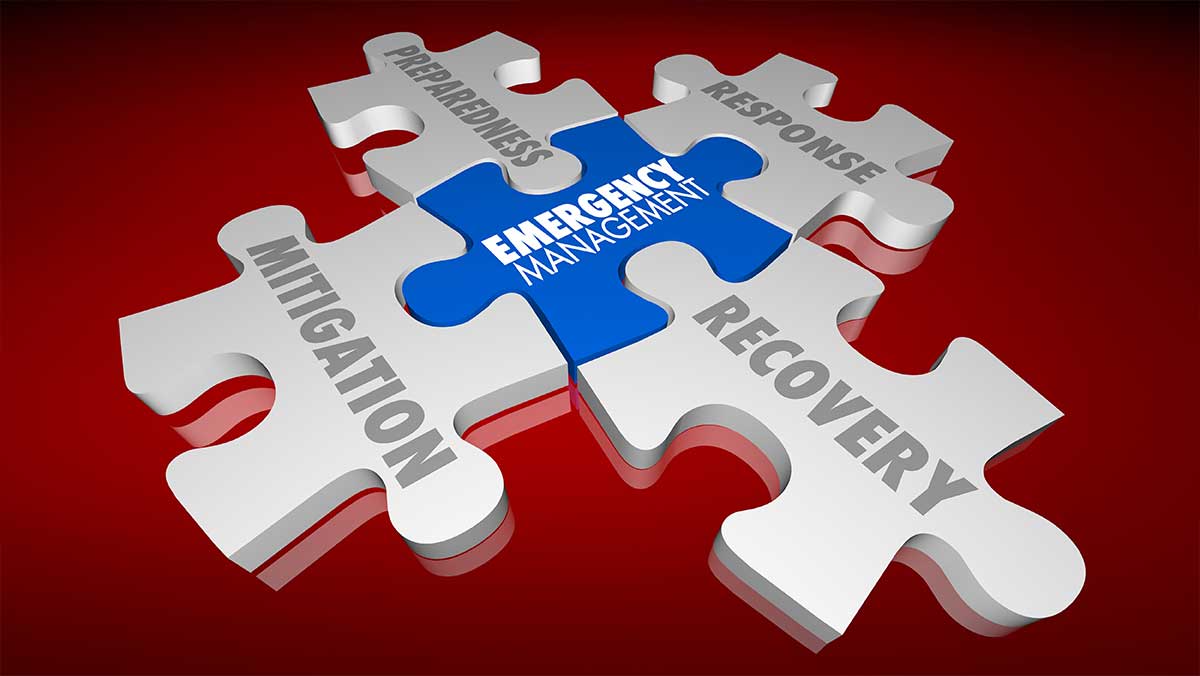Featured Blogs

How To Manage USP 800 In Veterinary Practices
Although we all want our pets to live longer, we don’t want them to get old. Happily, in the last ...
Sep. 29, 2022 | Veterinary

2022 Emergency Management Standards
How many times have you been taken by surprise due to an unexpected event? From the terrorist attack ...
Sep. 29, 2022 | Patient Safety And Compliance